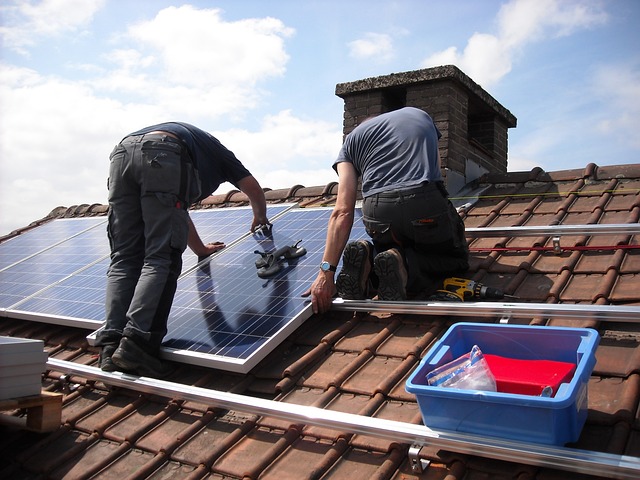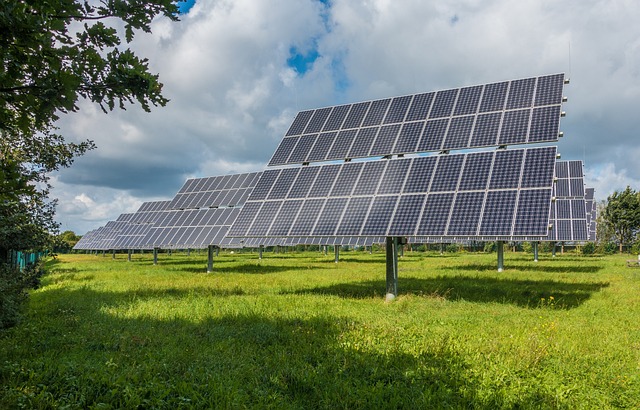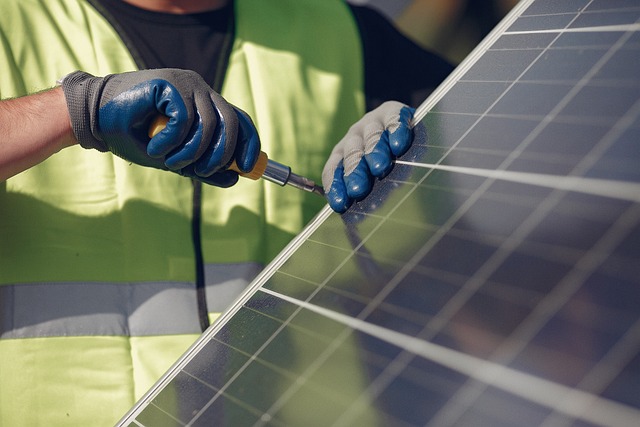Solar power has gained immense popularity as a renewable energy source due to its numerous environmental and economic benefits. Many homeowners are considering installing solar panels on their roofs to reduce their reliance on traditional energy sources and save on electricity bills. However, one common question that arises is, "How many solar panels are needed to power a house?" The answer depends on several factors, including the household's energy consumption, geographical location, roof space, and the efficiency of the solar panels. In this blog post, we will explore these factors and provide a comprehensive guide to help determine the number of solar panels needed to power a house.
I. Understanding Solar Panel Capacity
Before diving into the calculations, it's important to understand the capacity of solar panels and how they generate electricity.
A solar panel's capacity is measured in watts (W) or kilowatts (kW). It represents the maximum amount of power the panel can produce under ideal conditions, such as direct sunlight and optimal temperature. For example, a standard residential solar panel typically has a capacity of around 250 to 400 watts.
Solar panels generate electricity through the photovoltaic (PV) effect. When sunlight hits the panels' photovoltaic cells, it excites electrons, creating a flow of direct current (DC) electricity. This DC electricity is then converted into alternating current (AC) electricity by an inverter, which can be used to power household appliances or fed back into the grid.

II. Determining Household Energy Consumption
The first step in determining the number of solar panels needed is to assess the household's energy consumption. This can be done by reviewing past electricity bills or using an online energy consumption calculator. The energy consumption is usually measured in kilowatt-hours (kWh).
It is essential to consider both the average daily energy consumption and the peak energy demand. The average daily consumption gives a sense of the household's overall energy needs, while the peak demand helps understand the maximum power requirements.
III. Calculating Solar Panel Requirements
Once the household's energy consumption is known, it's possible to estimate the number of solar panels needed to meet that demand. However, several factors must be taken into account:
A. Solar Panel Efficiency:
Solar panels have different efficiency ratings, which indicate how effectively they convert sunlight into electricity. Higher efficiency panels produce more power per square foot, allowing homeowners to generate more electricity with fewer panels.
B. Location and Sunlight Availability:
The amount of sunlight a location receives affects the solar panel's performance. Regions with more sunlight will generate more electricity, while those with less sunlight may require additional panels to compensate for reduced output.
C. Panel Orientation and Tilt:
The orientation and tilt of solar panels also impact their efficiency. Ideally, panels should face south in the northern hemisphere or north in the southern hemisphere to receive maximum sunlight. The tilt angle should be adjusted based on the geographical latitude for optimal energy production throughout the year.
D. Roof Space:
The available roof space determines how many solar panels can be installed. Panels are typically mounted on roofs, and the size and layout of the roof will influence the number of panels that can be accommodated.

IV. Example Calculation
To illustrate how these factors come into play, let's consider an example:
Assess the household's average daily energy consumption: Suppose the average daily energy consumption is 30 kWh.
Consider solar panel efficiency: If we assume a solar panel with a capacity of 300 watts and an efficiency rating of 18%, the panel will generate 0.3 kWh (300W x 0.18) of electricity per hour under ideal conditions.
Determine the daily solar energy required: To meet the average daily energy consumption of 30 kWh, we divide it by the solar panel's hourly output: 30 kWh / 0.3 kWh = 100 hours.
Account for location and sunlight availability: Depending on the region's sunlight availability, adjustments may be needed. If the location receives 5 hours of peak sunlight per day, we divide the daily solar energy required by the peak sunlight hours: 100 hours / 5 hours = 20 solar panels.
Consider panel orientation and tilt: If the panels are optimally oriented and tilted to receive maximum sunlight, the 20 panels should be sufficient. However, adjustments may be necessary if the panels cannot be oriented optimally.
Account for roof space: Assess the available roof space to determine if all 20 panels can be accommodated. If space is limited, the number of panels may need to be reduced accordingly.
V. Seeking Professional Advice
While the above calculations provide rough estimates, it is critical to consult a professional solar installer or engineer such as Baoxinda Energy Technology Co., Ltd. for a more accurate assessment. They can consider other factors such as shading, panel interconnections, local regulations and system losses to provide tailored advice based on the specific requirements of the home.

Conclusion
Determining the number of solar panels needed to power a house depends on various factors, including energy consumption, solar panel efficiency, location, roof spaceavailability, and panel orientation. By assessing the household's energy consumption, considering solar panel efficiency, and accounting for location-specific factors, it is possible to estimate the number of solar panels required. However, it is essential to consult with professionals to ensure an accurate assessment and to adhere to local regulations. Installing solar panels not only reduces reliance on traditional energy sources but also provides long-term cost savings and environmental benefits. With careful planning and consideration, homeowners can harness the power of the sun to power their homes sustainably and efficiently.
Suzhou Baoxinda Energy Technology Co., Ltd. is a high-tech enterprise located at Suzhou FOHO Hi-Tech Industrial Development Zone. The main business is floating solar systems design, rooftop solar mounting systems, system design, solar projects installation, home solar energy systems, C&I solar energy systems, energy storage systems and solar power project development. The designed system annual capacity can reach over 200MW. Our goal is to provide customized solutions for the market and customers, whether it is a single product or a complete set of equipment.
If you need solutions for installing Solar Panels in your house or updating Solar Panels for your electrical equipment, you are welcome to browse our website or contact us.
Website:www.oneplusenergy.com
Email:[email protected]
